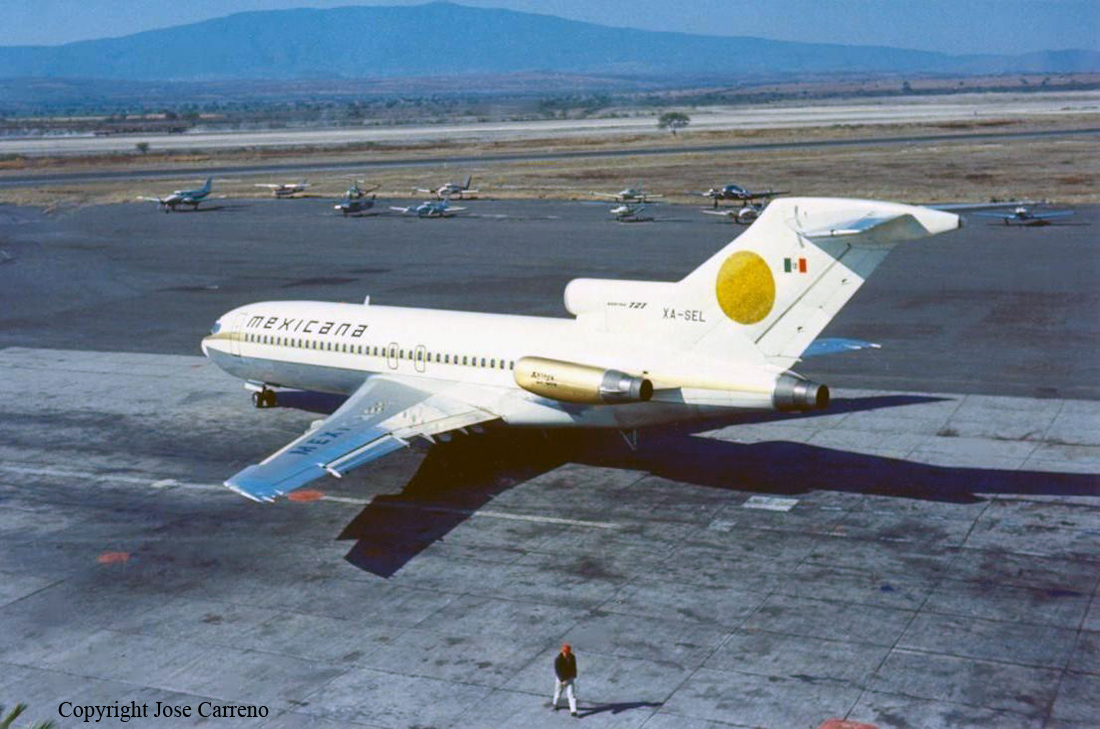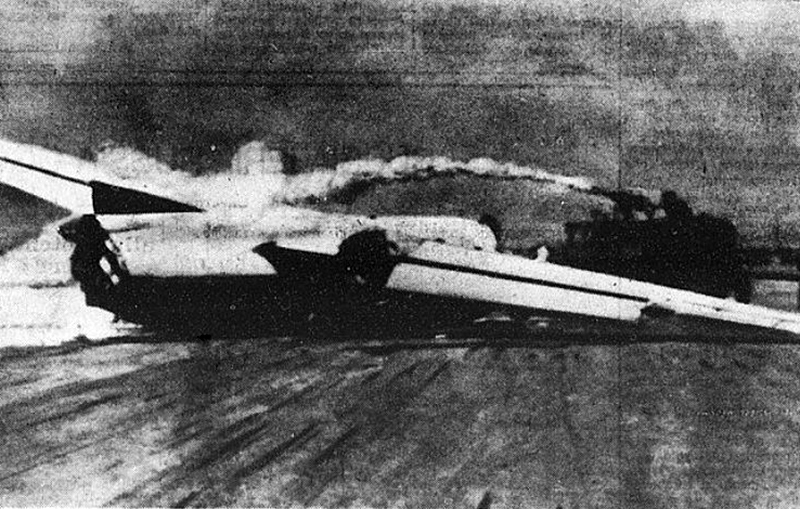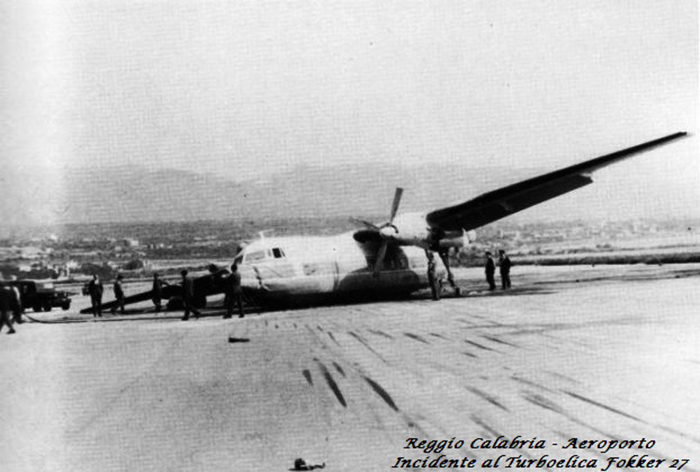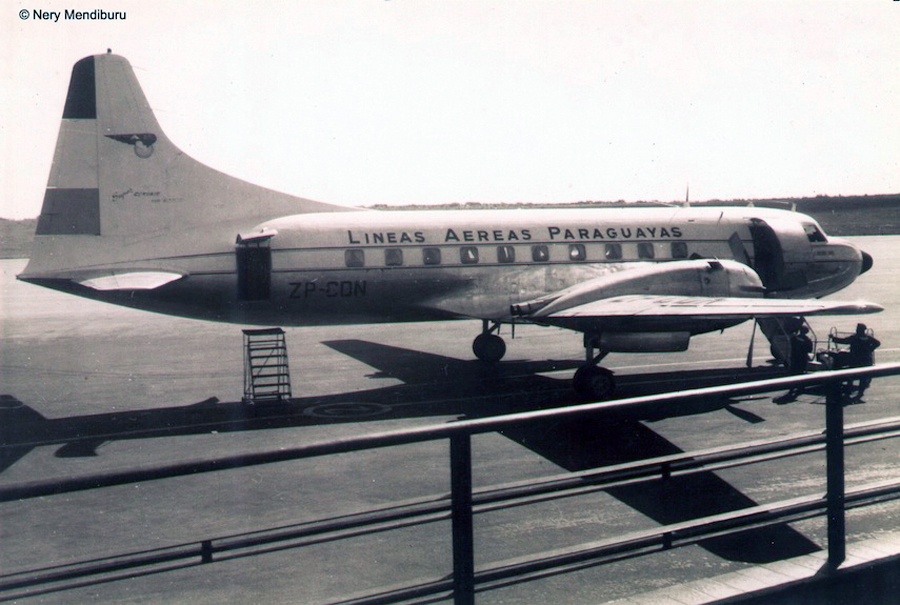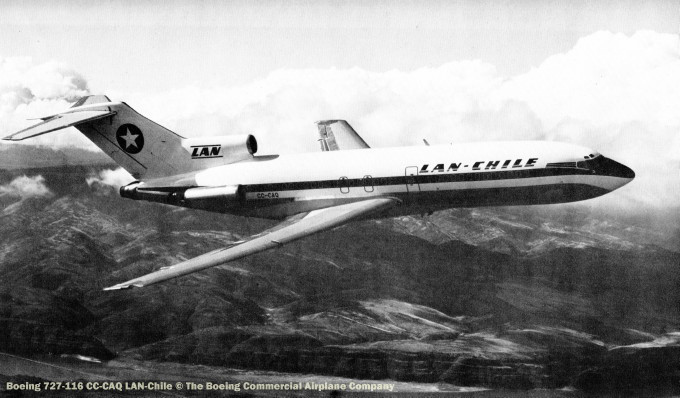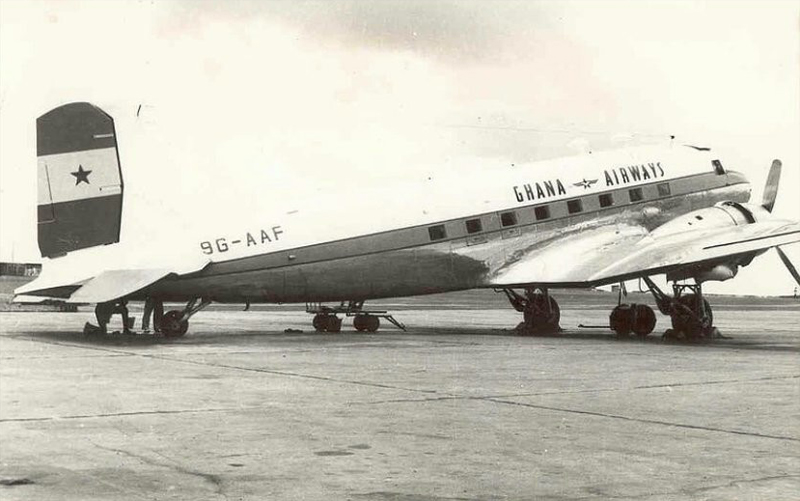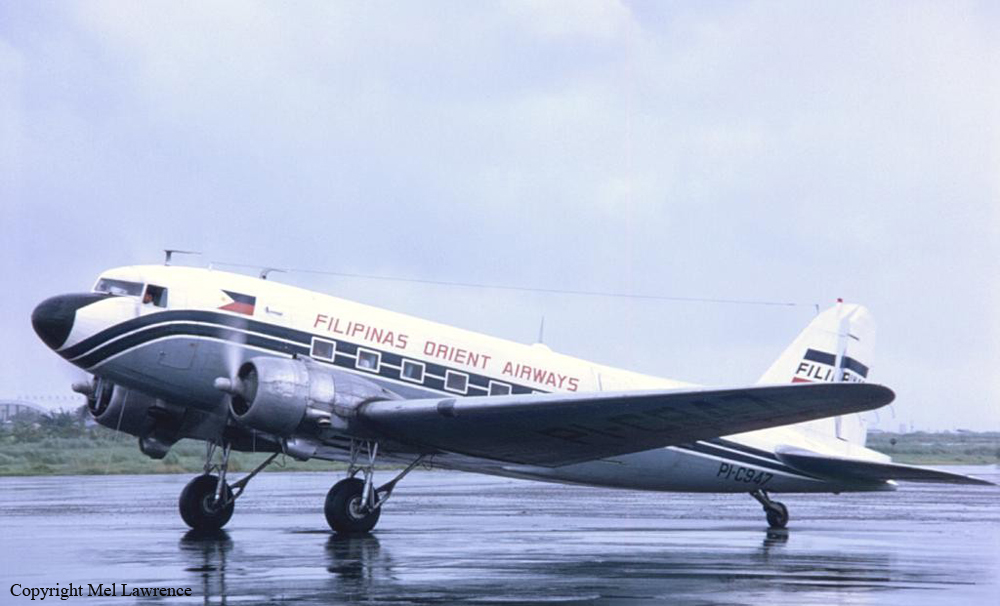Crash of an Ilyushin II-14M near Yukhnov: 24 killed
Date & Time:
Jun 23, 1969 at 1452 LT
Registration:
CCCP-52018
Survivors:
No
Schedule:
Moscow-Bykovo – Chernigov – Kirovograd – Simferopol
MSN:
7 34 32 08
YOM:
1957
Flight number:
SU831
Crew on board:
5
Crew fatalities:
Pax on board:
19
Pax fatalities:
Other fatalities:
Total fatalities:
24
Aircraft flight hours:
24653
Circumstances:
The crew was performing flight SU831 from Moscow-Bykovo to Simferopol with intermediate stops in Chernigov and Kirovograd. En route, he encountered turbulence while cruising in poor weather conditions. While cruising at an altitude of 2,700 meters, the crew requested to ATC the permission to modify his altitude but this was denied due to heavy traffic. Despite he was uncleared, the captain started to climb in marginal weather conditions. Shortly later, at a height of 2,950 meters, the II-14M collided with a Soviet Air Force AN-12BP registered CCCP-08525. En route from Kedainiai (Lithuania) to Ryazan, this aircraft was carrying 91 soldiers and a crew of 5 back to their base, and was the third AN-12 of a formation of three. The collision occurred when the top of the tail of the AN-12 struck the base of the fuselage of the II-14. Both aircraft went out of control, dove into the ground and crashed in a field, 800 meters from each other. All 120 occupants on both aircraft were killed.
Probable cause:
It was determined that the captain of the civil aircraft (II-14) neglected elemental navigation rules while starting to climb while this was denied and refused by ATC due to traffic.



